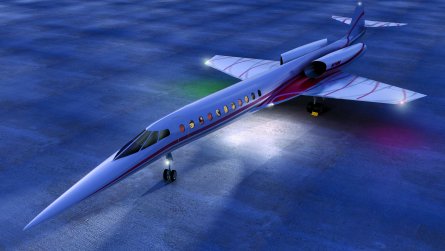Pratt & Whitney has sanctioned a new round of studies of a modified JT8D-219 to power the proposed Aerion supersonic business jet (SSBJ). P&W believes there could be a market for between 250 and 300 aircraft, representing up to 600 engines.

The company, which has already spent about $1 million on initial studies, completed a “system level zero” review on 4 November. “We got a passing review, which means we will continue to work on refinement of the design with Aerion,” says advanced commercial engines and technology programme manager Peter Robertson.
P&W is anxious to sustain the JT8D, which it believes will “be in service well out to the 2020s”, and believes the production line could be reopened “at the end of this year or early next”, pending the go-ahead next month of a long-delayed US Air Force Northrop Grumman E-8 JSTARS re-engining programme.
Initial studies for Aerion focused on mitigating concerns over the endurance of the JT8D-219 at sustained supersonic cruise, and in particular looked at high- and low-pressure turbine oxidation and creep; high- and low-pressure compressor (HPC and LPC) stability and creep; fan blade stability at high thrust; and oil system temperature control.
“Because of the adaptations we have done for the engine and the higher workload on JSTARS, we have been able to come up with LPC and HPC fixes, such as revised materials for the HPC,” says Robertson. Fan blade stability tests are planned for 2006, “though the flow hitting the fan should be no worse than on the [Boeing] MD-80”.
Provisional adaptations include adding an air/oil cooler in the fan duct and using materials in military engines such as the F119 and F135 for the turbine, to withstand the higher operating temperatures. As part of the next phase, United Technologies’ research group will work with P&W on refinement of the inlet, nozzle and exhaust “to ensure we meet Stage 4”, says Robertson.
Source: Flight International























